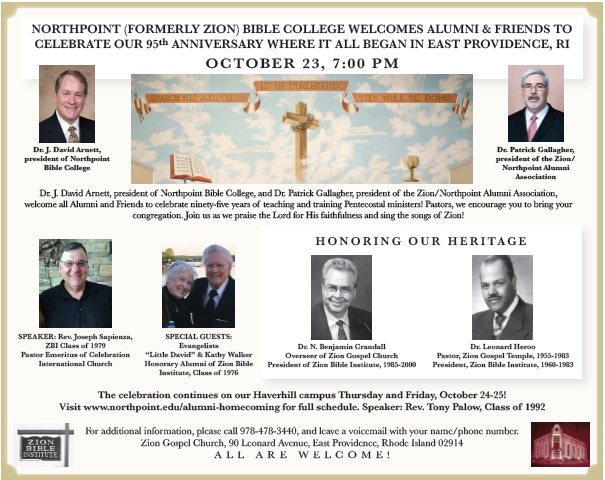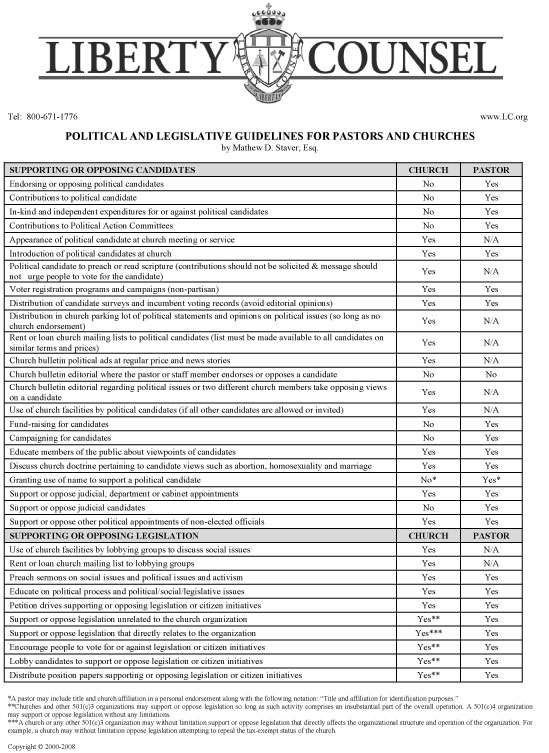By Rusty Wright
MOUNT HERMON, CA (ANS) — Have you ever lied about a relationship to protect yourself? Or told close friends you didn’t believe them … about something really important? Maybe you can identify with Peter or Thomas, subjects of the two remaining episodes in CNN’s second season of Finding Jesus: Faith, Fact, Forgery.
“The Bones of St. Peter” airs on April 2; “Doubting Thomas” on April 9. Each of these two followers of Jesus had their signature flaw. Each deserted the one they called “Lord.” Once restored, each followed him with fervor.
Curious about these two? Here’s a short primer that may facilitate your understanding of the CNN programs.
Fishermen become “fishers of men”
Andrew, a fisherman, introduced his brother Peter to Jesus. As they spent time together, Jesus eventually challenged the brothers plus James and John (also brothers and fishermen) to leave their trade and become “fishers of men.” Peter, James and John became Jesus’ closest friends. Traveling with him, they saw him teach, feed hungry people, heal the sick, deal with opposition.
Impressed with Jesus, Peter later reflected, “He never sinned, nor ever deceived anyone. He did not retaliate when he was insulted, nor threaten revenge when he suffered. He left his case in the hands of God, who always judges fairly.”
If your roommate says that about you, you must be something special. In fact, Peter (originally called Simon) was convinced Jesus was divine: “You are the Messiah,” he affirmed, “the Son of the living God.” Jesus commended this affirmation and named him Peter, meaning “Rock.”
Peter promised Jesus on the night before his crucifixion that even if all others left, he would remain faithful. Yet within hours, Peter had denied several times – twice to two servant girls – that he even knew Jesus. Guilt-ridden, he wept bitterly.
Sunday morning, hearing Jesus’ tomb was empty, Peter ran there and entered it to confirm. He later saw Jesus alive, realized he was forgiven, and accepted Jesus’ mandate to spread his message. Emboldened by believing he had seen the resurrected Messiah, he pursued this vigorously, at great risk. Tradition says he eventually was crucified in Rome.
Doubt to dedication
We don’t know if Thomas was born skeptical or cultivated the skill. Jesus’ biographers give us some glimpses of his attitudes. When the disciples questioned the wisdom of returning to Judea amid threats to Jesus’ life, Thomas cynically counseled, “Let’s go, too—and die with Jesus.” After Jesus’ arrest, the disciples fled. Only John and several women were brave enough to show up at the cross.
When the disciples later told Thomas they had seen Jesus alive again after he died, Thomas doubted: “I won’t believe it unless I see the nail wounds in his hands, put my fingers into them, and place my hand into the wound in his side.” Eight days later, Jesus appeared to Thomas, inviting him to touch his wounds. “My Lord and my God!” Thomas exclaimed. Tradition says he took Jesus’ message to India, where he was martyred.
Resurrection liars?
Flawed, failed, forgiven, faithful … Peter and Thomas gave their lives – literally – in Jesus’ service. Cowards became heroes because they believed they had seen the resurrected Christ. Their martyrdom – and that of other disciples – argues loudly against the theory that Jesus’ disciples invented the resurrection story. Someone might willingly die for a lie they believed to be true. If these men were lying about the resurrection, they were dying for what they knew was false. That’s highly unlikely.
CNN’s series highlights Peter’s and Thomas’ lives, also examining whether Peter visited Rome and Thomas India. Though such questions are interesting for church history, neither outcome affects New Testament reliability. These final two CNN episodes can stimulate thinking about these two influential historical figures.
www.CNN.com/FindingJesus Sundays 9:00 PM ET/PT (North America), April 2, 9. www.FindingJesusResources.org.








